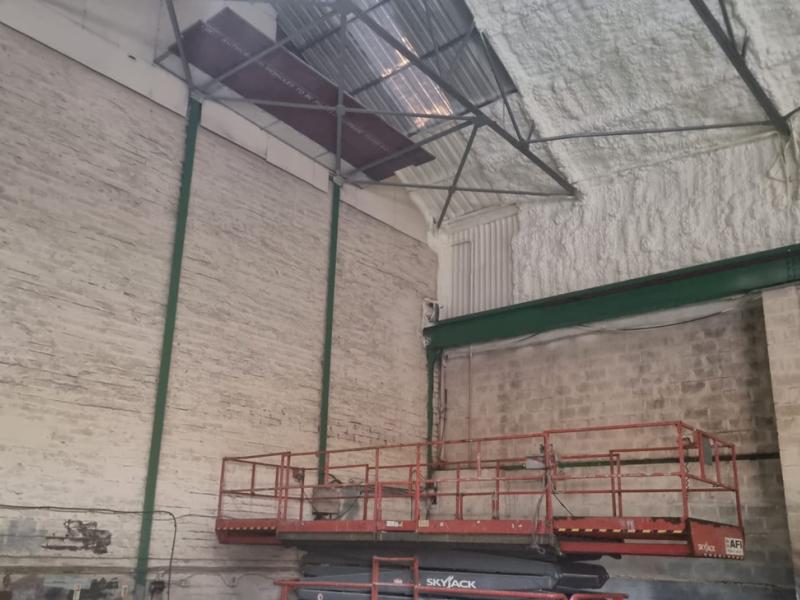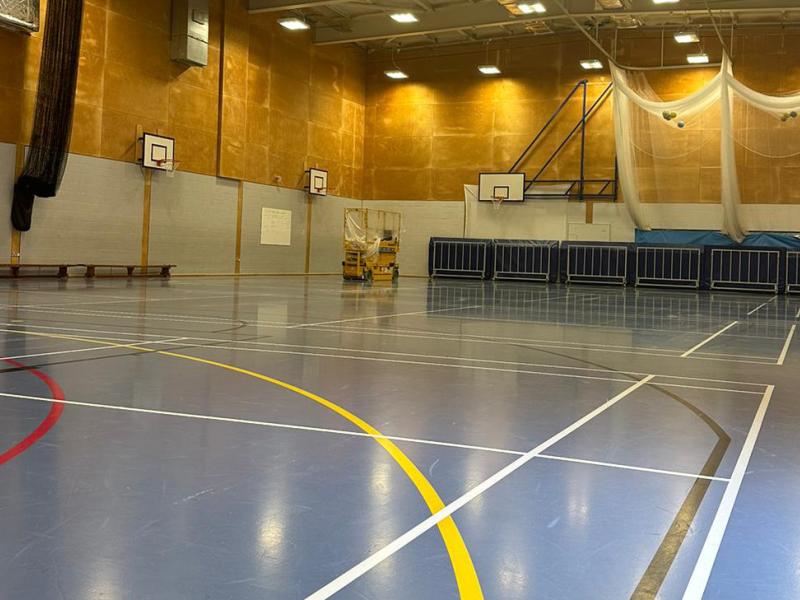Existing Buildings
Stabilisation & insulation of Existing Buildings
Spray-applied polyurethane foam is a chemically-modified polyurethane foam applied to the underside of the roof which bonds slates and tiles to each other and to structural or supporting timbers to replace the anchorage of fixing nails. It is a much less costly alternative to re-roofing and can be applied to slates, tiles, pantiles and other various roof coverings. It permanently cures the problems of nail fatigue and makes the roof much more resistant to storm or impact damage. Because it is liquid when applied, it seeks and seals any unwanted air leakage that may occur preventing the ingress of wind-driven rain, snow and dust and dramatically reducing heat loss.
The foam can be applied to various depths and has a K-value of 0.02W/mK. When sprayed to a depth of 85mm the U-value of a typical roof with 100mm fibreglass at ceiling level is reduced from 0.34W/m²K to 0.16W/m²K, surpassing current Building Regulations. By installing the insulation at rafter level it keeps the loft void warmer and prevents condensation build-up which otherwise occurs when increasing insulation at ceiling level. The warmer, drier, cleaner roof space eliminates the risk of pipes and tanks freezing.
The water vapour resistance of the spray-applied foam at 600-1000MNs/g is sufficient to prevent interstitial condensation but allows the battens, which are covered on three sides by the foam, to 'breathe' and by preventing wind-blown rain and snow the battens stay dry. The spray applied foam meets Class 1 Surface Spread of Flame when tested to BS 476 Part 7: 1997.
The foam also slows the deterioration of tile/slates by frost. On the underside of the covering frost damage is eliminated. On the weather side the frequency of the freezing/thawing cycle is reduced. Slates and tiles will be less prone to damage by impact as the foam distributes the forces. Where slates and tiles are damaged after installation, they may be replaced by cutting away the foam from the underside, replacing the slate or tile and re-treating the affected area. Aerosol cans are suitable for small areas.
Test data confirm that although the spray-applied foam adds only 2kg/m2 total weight to the roof, treated roofs have sufficient cohesive and compressive strength to transfer the loads imposed by the roof covering should the battens be deficient. Spray applied foam contains no nutritional benefit and is not attractive to vermin or pests and closes off common access routes.
Tiles and slates adhered in place prevent theft. It has been found to be particularly suitable for historic and listed buildings where it is important to maintain the original character of the roof.
If you need sound insulation make it sprayed insulation. For a free consultation please contact our friendly team now. Tel: 0800 028 4042 Or email your enquiry

























